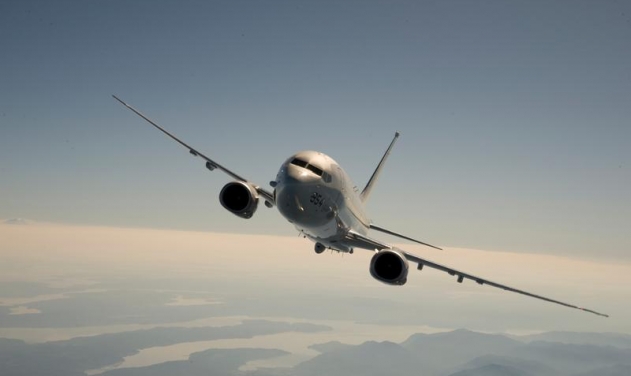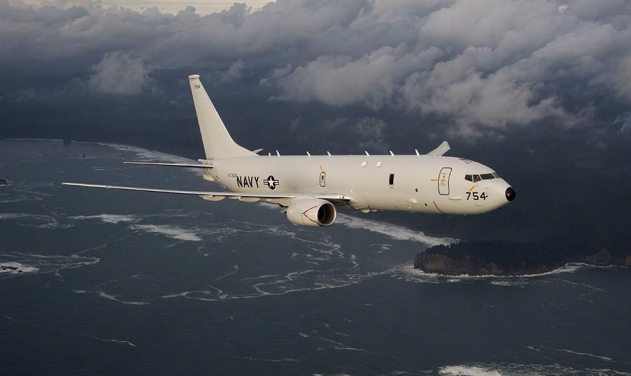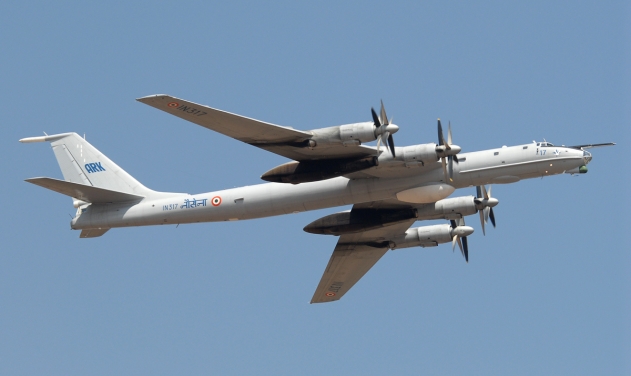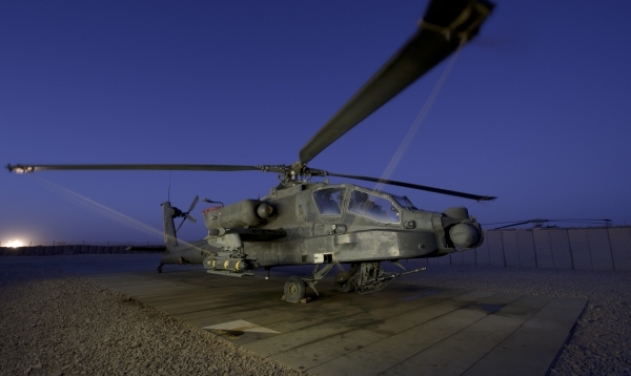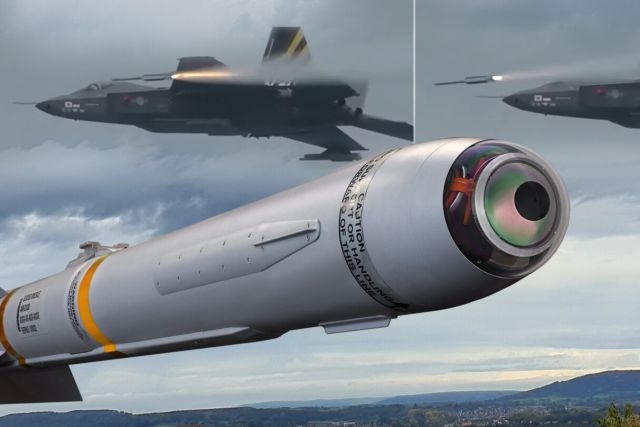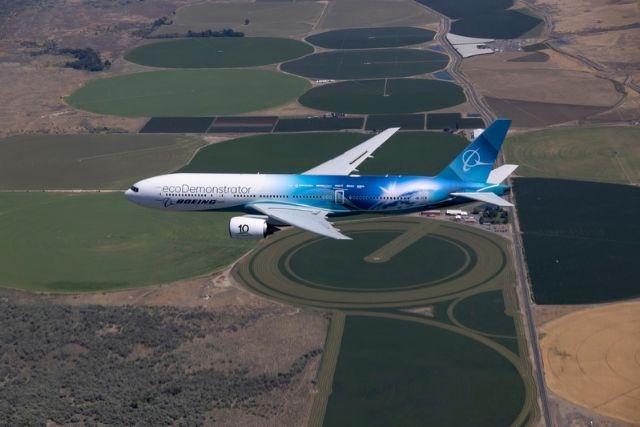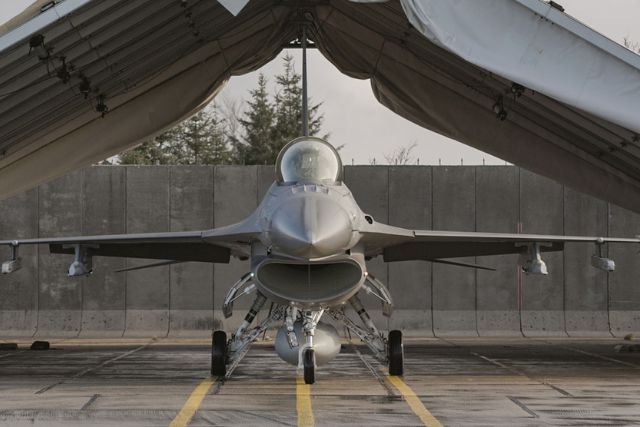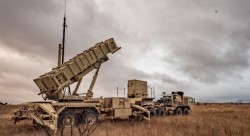Boeing's Upgraded Super Hornet May Replace F-35 Fighters In US Navy's Fleet
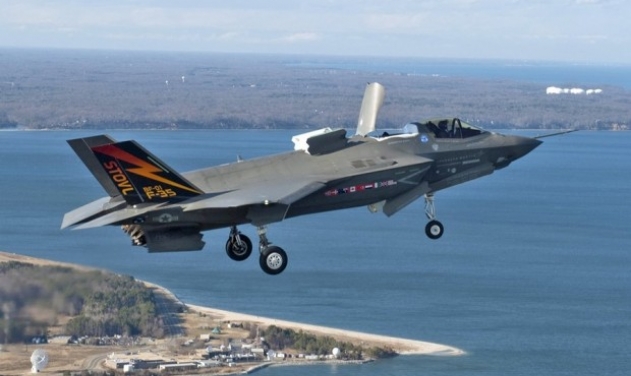
Boeing has offered a Block III upgrade for US Navy's F/A-18 Super Hornet fleet as a move to resolve shortfall of fifth generation F-35 fighter aircrafts.
The Super Hornets are considered as a cheaper alternative to the fifth-generation Lightning II. "The initial effort to close the strike fighter gap is through addressing “capacity and capability,” Dan Gillian, Boeing vice president and Super Hornet program manager was quoted as saying by Sea Power Tuesday.
"Boeing is building two new aircraft a month. It is also conducting sustainment for existing airplaines and new program of service-life modification to extend Super Hornets' operational life from 6000 hours to 9000 hours," Gilliona said.
"After analysis in coordination with the Navy and a detailed inspection of two aircraft, Boeing expects to start conducting the life-extension program early in 2018," said Mark Sears, program director.
The Navy has a strike fighter capacity problem because the Super Hornets have been flying a lot more than expected due to the 16 years of nearly constant combat in Afghanistan, Iraq and Syria, Gillian noted. That means the fighters are burning up their flight hours faster than expected.
But looking to the future, Boeing is proposing a major increase in capability through the Super Hornet Block III program, he said.
One goal of the Block III proposal is to make the Super Hornet “a smart node” in the Navy’s Integrated Fire Control Counter-Air (NIFC-CA) network, Gillian explained.
"They would do that by adding the distributed targeting network and the tactical targeting technology system, both of which are official programs of record," he said.
The first is “a big computer” and the second ‘is a big data pipe.” Gillian said they also think “we can do a little bit to improve its stealth capabilities. They also would install conformal fuel tanks that would extend the Hornet’s operating range by 120 nautical miles or 30 minutes on station, and make the aircraft faster by eliminating the underwing fuel tanks, he said.
They also think they can produce a 9,000-hour airplane off the production line, he added. The new aircraft also will have an advanced cockpit with larger displays and will incorporate the integrated infrared (IR) track-and-search system, a long-range, passive counter-air sensor.
Gillian said that IR sensor is a good example of Hornets proving “complementary capabilities” to the F-35s, because it is that no other aircraft in the carrier air wing has.
Boeing could start delivering Block III aircraft in the early 2020s, and then start retrofitting existing jets through the service life modification a little later.

